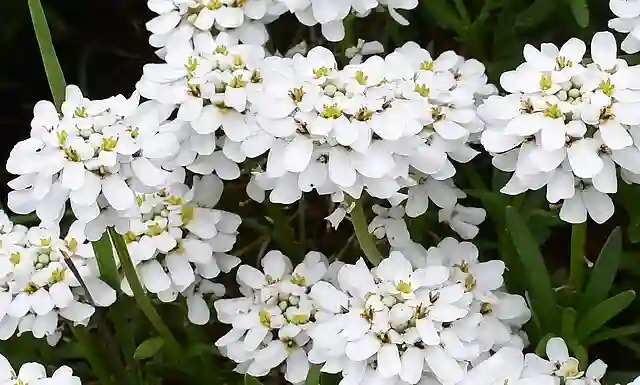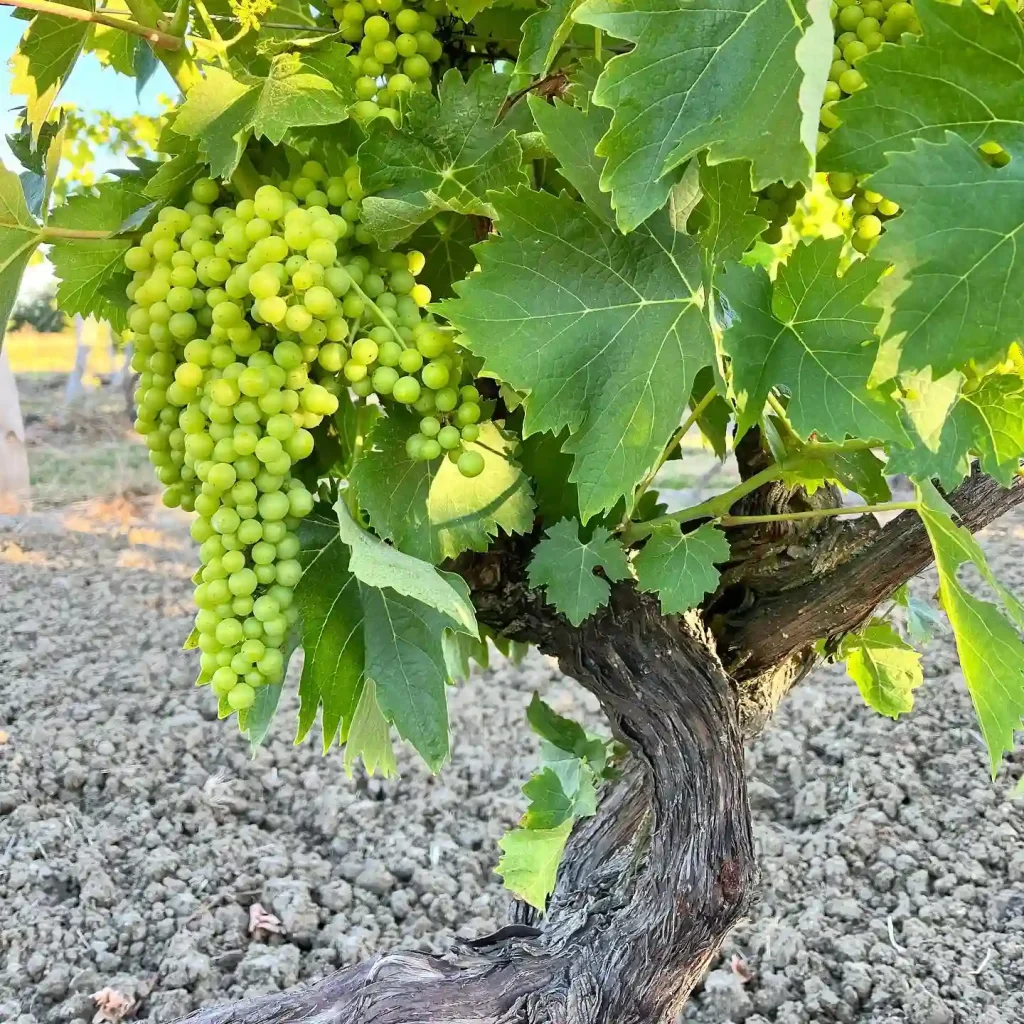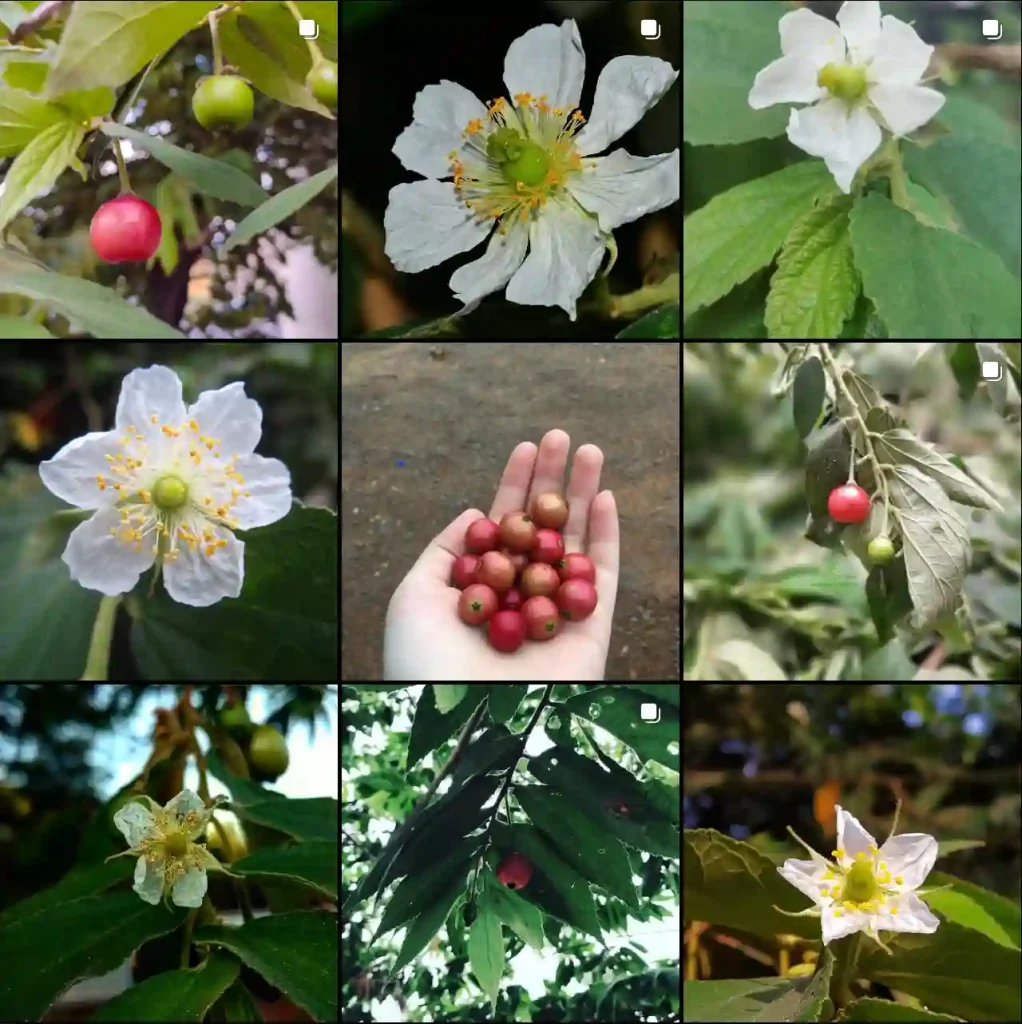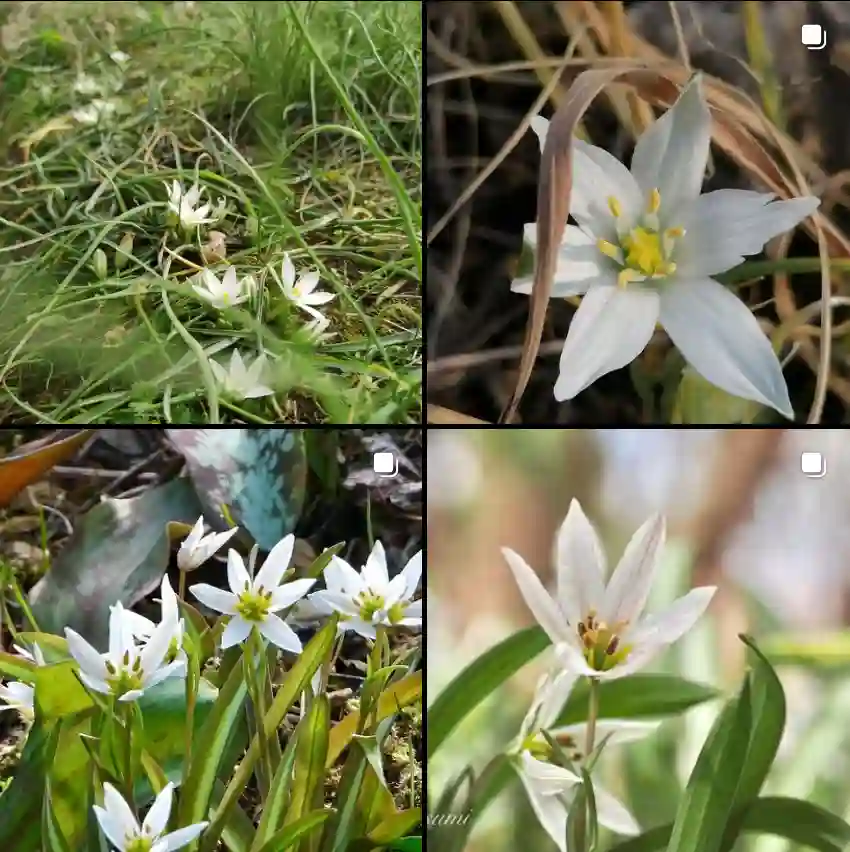FAQs About Acacia Confusa
Acacia Confusa, commonly known for its unique properties and uses, often raises many questions among enthusiasts and researchers alike. I’ve gathered answers to some of the most frequently asked questions about this fascinating plant to help clear up any confusion.
1091 Species in Genus Acacia
What Is Acacia Confusa?
Acacia Confusa is a species of tree native to Australia and Southeast Asia. It is known for its distinctive bark and foliage, which can be quite striking. The plant is particularly notable for its psychoactive properties, primarily due to the presence of certain alkaloids.
Is Acacia Confusa Legal?
The legality of Acacia Confusa varies by region. In many places, it is legal to grow and possess the plant itself. However, extracting or using its psychoactive components might be restricted. It’s essential to check local regulations before growing or using Acacia Confusa, as laws can differ significantly depending on where you live.
Where to Buy Acacia Confusa?
If you’re looking to buy Acacia Confusa, several online vendors specialize in exotic plants and seeds. Local nurseries that focus on Australian or tropical plants might also carry it. Ensure that the supplier is reputable to avoid issues with plant health or legality.
Does Acacia Confusa Grow in Australia?
Yes, Acacia Confusa is native to parts of Australia, particularly in the northern regions. It thrives in the tropical and subtropical climates found there, making it well-suited for Australian conditions.
Does Acacia Confusa Grow in Southern California?
Acacia Confusa can grow in Southern California, but its success largely depends on the specific microclimate. It prefers warmer, well-drained soils and can handle mild winters. However, extreme cold or drought conditions might stress the plant.
Does Acacia Confusa Grow in Zone 10?
Acacia Confusa is suitable for USDA Zone 10, which encompasses regions with mild winters and warm temperatures year-round. If you live in Zone 10, you should be able to cultivate Acacia Confusa with proper care and attention to its specific needs.
How to Identify Acacia Confusa?
Identifying Acacia Confusa involves looking for several key features: its grayish-brown bark, which can be rough and fissured; its evergreen leaves that are often arranged in a fern-like pattern; and its yellow, ball-shaped flower clusters that bloom in the spring.
Can an Acacia Confusa Extract Be Done Without Defatting?
Defatting is a process used to remove fats from plant material, which can be essential for some types of extractions. However, it is possible to extract some compounds from Acacia Confusa without defatting, depending on the method and desired outcome. The choice of extraction technique will influence the effectiveness and purity of the extract.
Can I Soak Acacia Confusa in Water?
Yes, soaking Acacia Confusa in water is a common practice, particularly for preparing plant material for extraction. Soaking can help to soften the bark and facilitate the extraction of its active compounds.
Can You Smoke Acacia Confusa?
While it’s technically possible to smoke Acacia Confusa, it’s not recommended due to potential health risks. The psychoactive effects and safety of smoking Acacia Confusa have not been extensively studied, so caution is advised.
How to Defat Acacia Confusa?
To defat Acacia Confusa, you’ll typically use a solvent such as hexane or ethanol. The process involves soaking the plant material in the solvent, which dissolves and removes the fats. After defatting, the plant material can be processed further for its active compounds.
How to Harvest Acacia Confusa Root Bark?
Harvesting Acacia Confusa root bark involves carefully digging up the roots and removing the outer bark. It’s important to ensure that you do this sustainably to avoid damaging the plant. Proper tools and techniques will help in efficiently gathering the bark without harming the tree.
Acacia Confusa vs Mimosa Hostilis
Acacia Confusa and Mimosa Hostilis are often compared due to their similar psychoactive properties. Both plants contain compounds used in traditional and modern practices, but they differ in their chemical profiles and uses. Mimosa Hostilis is often noted for its higher concentration of DMT, while Acacia Confusa contains other alkaloids like NMT.
Acacia Confusa vs Acacia Koa
Acacia Koa, native to Hawaii, is another species often compared to Acacia Confusa. While both belong to the Acacia genus, Acacia Koa is valued for its timber and has a different appearance and growth habit compared to Acacia Confusa. The wood of Acacia Koa is also notably different in texture and color from that of Acacia Confusa.
Acacia Confusa vs Acacia Simplicifolia
Acacia Simplicifolia and Acacia Confusa can be confused due to their similar names. However, Acacia Simplicifolia, often found in tropical regions, has distinct foliage and flowering characteristics compared to Acacia Confusa. Each species has unique uses and characteristics that set them apart.
Acacia Confusa vs Ayahuasca
Ayahuasca is a traditional Amazonian brew known for its psychoactive effects, primarily due to the presence of DMT. Acacia Confusa contains similar compounds, but it is used differently. While Ayahuasca is a prepared drink, Acacia Confusa is often used in various forms, including extracts and powders.
Acacia Confusa vs Chacruna
Chacruna (Psychotria viridis) is another plant used in traditional ceremonies for its DMT content. Like Acacia Confusa, it is used for its psychoactive properties but differs in its chemical composition and traditional uses. Chacruna is typically used as a component in Ayahuasca brews, while Acacia Confusa is often used in other forms of preparation.
How to Care for Acacia Confusa?
Caring for Acacia Confusa involves providing it with a warm, well-drained environment. Regular watering is essential, but overwatering should be avoided. Pruning helps maintain its shape and promotes healthy growth. It’s also beneficial to provide it with a balanced fertilizer to support its development.
How to Propagate Acacia Confusa?
Acacia Confusa can be propagated from seeds or cuttings. For seeds, sow them in well-drained soil and keep them warm and moist until they germinate. Cuttings should be taken from healthy plants and treated with rooting hormone before planting in a suitable medium.
What to Plant With Acacia Confusa?
When planting Acacia Confusa, consider companion plants that thrive in similar conditions. Plants like Australian native species, succulents, or other drought-tolerant plants can complement Acacia Confusa well and create a harmonious garden setting.
Is Acacia Confusa Toxic?
Acacia Confusa is not generally considered toxic, but its psychoactive properties mean it should be handled with care. Ingesting or improperly using the plant can have unintended effects. Always consult with experts if you’re unsure about its safety.
Benefits of Acacia Confusa
Acacia Confusa is valued for its psychoactive properties and is used in various traditional practices. It has potential applications in medicine and research, particularly for its alkaloid content. The plant is also admired for its ornamental value in gardens and landscapes.
Common Problems with Acacia Confusa
Common problems with Acacia Confusa include pests like aphids and scale, as well as diseases such as root rot. Ensuring proper care and maintaining good plant hygiene can help mitigate these issues and keep the plant healthy.
Conclusion
Acacia Confusa is a versatile and intriguing plant with a range of uses and characteristics. Whether you’re interested in its psychoactive properties, its growth requirements, or its comparison to other species, understanding these aspects will help you appreciate this unique plant even more.
If i die, water my plants!



